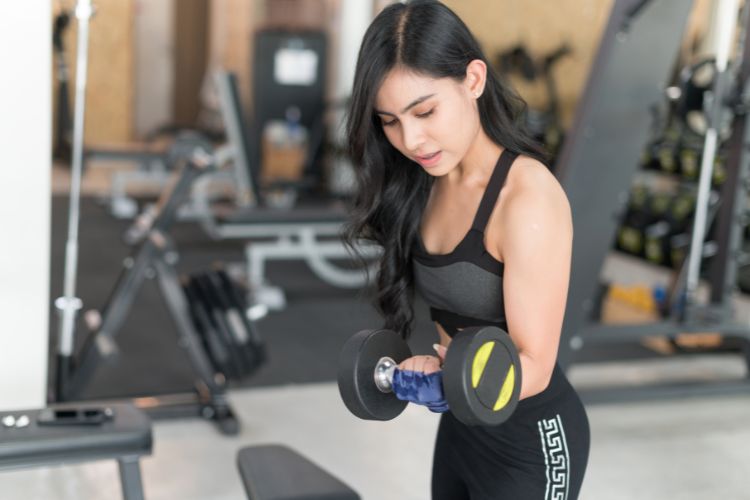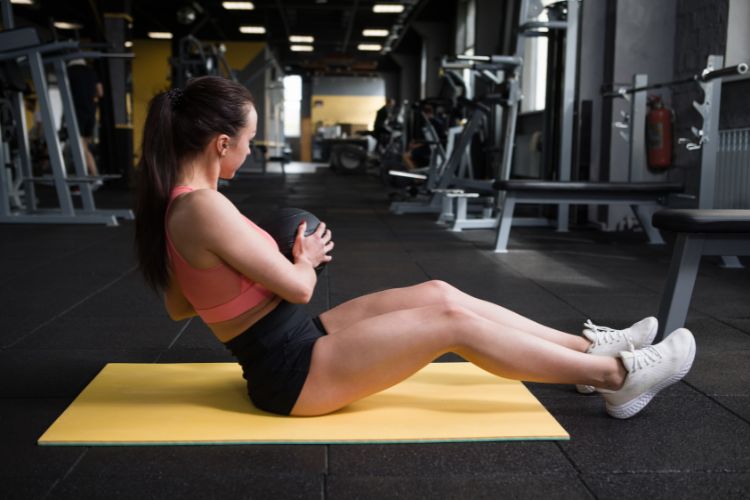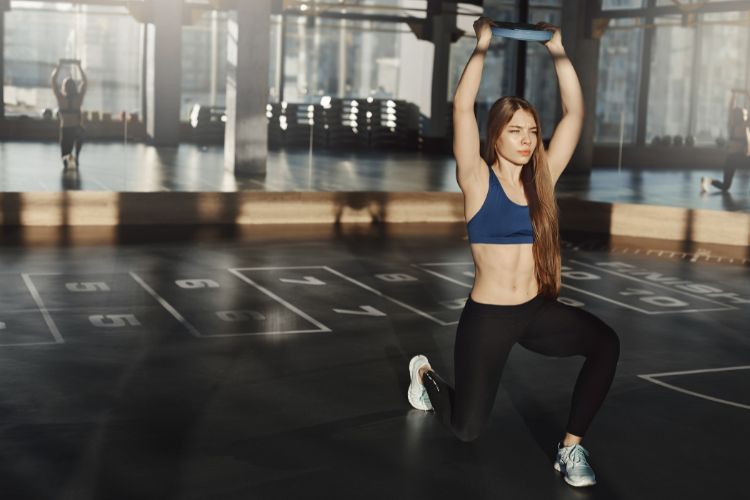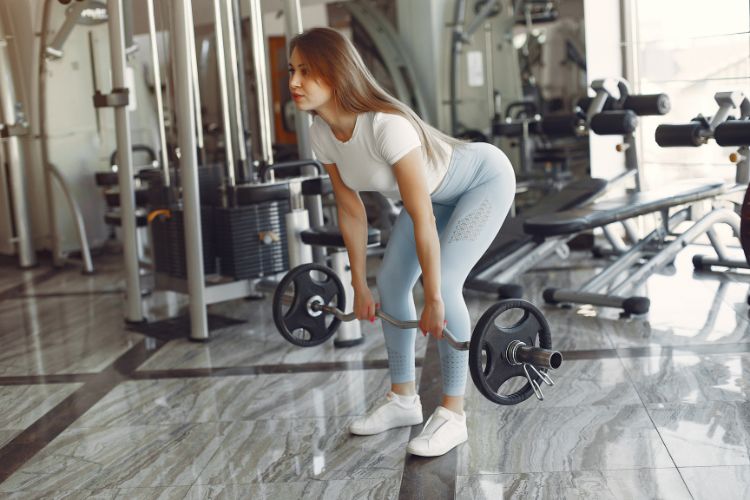Sign up for workout ideas, training advice, reviews of the latest gear and more.






When it comes to fitness, women often prioritize toning, cardio, and strength training. But flexibility, a key component of overall wellness, shouldn’t be overlooked. One area that can particularly benefit from stretching is the legs. Not only can leg stretching exercises prevent injuries and soreness, but they also can improve posture, enhance performance, and lead to more graceful movements.
Why Stretch Your Legs?
The legs comprise a series of muscles including the quadriceps, hamstrings, calves, and hip flexors. These muscles are integral to everyday movements, from walking and running to jumping and dancing. Over time, whether due to sedentary lifestyles, rigorous workouts, or even wearing high heels, these muscles can become tight, leading to discomfort or even injury.
By incorporating leg stretches exercises into your routine, you can:
Improve Flexibility: Stretching can increase your range of motion, making day-to-day tasks easier and improving your performance in physical activities.
Reduce Muscle Tension: Regular stretching helps relieve muscle tightness, leading to a more relaxed state of being.
Enhance Blood Circulation: It promotes blood flow to the muscles, which can speed up recovery after exercise.
Promote Good Posture: Tight leg muscles can result in poor posture. By stretching, you can counteract this effect.
To help you incorporate leg stretches into your fitness routine, here are some effective exercises tailored for women:
Hamstring Stretch: Sit on the floor with one leg extended out and the other bent at the knee so that the sole of the foot touches the inner thigh of the extended leg. Lean forward from the hips and try to reach the toes of your extended leg. Hold for 15-30 seconds, then switch legs.
Quad Stretch: Stand straight. Hold onto a wall or chair for support with one hand. With the other hand, grab your ankle and pull your heel towards your buttocks. Hold for 15-30 seconds, then switch legs.
Calf Stretch: Stand facing a wall with your hands pressed against it at shoulder height. Step one foot back and press the heel down while keeping the leg straight. You should feel a stretch in your calf muscle. Hold for 15-30 seconds, then switch legs.
Inner Thigh Stretch: Sit on the floor with your back straight. Press the soles of your feet together and let your knees drop towards the floor. Hold your feet or ankles and gently press your knees down using your elbows. Hold for 15-30 seconds.
Hip Flexor Stretch: Begin in a lunge position with one foot forward and the other stretched out behind. Keep both knees at a 90-degree angle. Push your hips forward slightly until you feel a stretch in the front of the hip. Hold for 15-30 seconds, then switch sides.
Consistency is Key: Like all aspects of fitness, consistency is vital. Aim to stretch at least 3 times a week to see improvement in flexibility.
Warm Up First: It’s always a good idea to warm up your muscles before stretching. This can be a quick 5-minute walk or some light cardio.
Breathe: Remember to breathe deeply and consistently during each stretch. It helps in relaxing the muscle and increasing the stretch.
Don’t Bounce: Stretch in a smooth, steady motion. Bouncing can lead to injury.
Know Your Limits: It’s essential to push yourself, but don’t force a stretch to the point of pain. If something feels too intense or uncomfortable, ease up.
As you progress in your leg stretching routine, it can be advantageous to incorporate props and advanced techniques to deepen the stretches and amplify their benefits. These additions can also bring variety to your regimen, keeping it interesting and engaging.
Incorporating Props into Leg Stretches: Leg Stretching Exercises
Props can be great tools to help deepen stretches, provide support, and ensure proper alignment. Here are some commonly used props and how to integrate them:
Yoga Straps: Particularly useful for hamstring stretches, a yoga strap can be looped around the foot, allowing for a deeper stretch without straining the back. Holding onto the strap, gently pull the foot closer while keeping the leg straight.
Foam Rollers: These can be used for self-myofascial release, which helps to relieve muscle tightness. Place the foam roller under tight muscle areas like the calves or hamstrings and roll back and forth to massage and release tension.
Yoga Blocks: Useful for supporting different parts of the body during stretches. For instance, during the hamstring stretch, if you can’t reach the ground, placing a yoga block beneath your hands can offer the necessary support.
Pilates Balls: Small, soft balls can be placed behind the knee during seated stretches to deepen the stretch and engage more muscles.
PNF Stretching (Proprioceptive Neuromuscular Facilitation): This method combines passive stretching and isometric contractions. For example, during a hamstring stretch, push your foot against a resistance (like a strap or a partner’s hand) for a few seconds, then relax and deepen the stretch. This technique can help increase flexibility more rapidly.
Dynamic Stretching: Instead of holding a stretch, dynamic stretching involves moving through a range of motion repeatedly. For legs, this could be leg swings or walking lunges.
Active Stretching: This technique involves actively contracting one muscle to stretch its opposite. For instance, to actively stretch the hamstrings, you’d contract the quadriceps.
To create a well-rounded routine:
Sequence Matters: Start with a warm-up, then move to dynamic stretches, followed by static stretches, and finish with PNF or active stretches.
Integrate Full-Body Movements: While focusing on the legs, don’t forget the interconnectedness of the body. Incorporate stretches that also engage the core, back, and arms.
Stay Informed: The world of fitness is ever-evolving. Regularly update your knowledge, attend workshops, or join classes to learn new techniques and stay motivated.
Stretching is not just a physical activity; it has profound effects on the mind as well. Here’s how:
Mindfulness: Focusing on your body and breath during stretching can be a form of meditation, grounding you in the present moment.
Stress Reduction: The act of stretching, especially when combined with deep breathing, can activate the body’s relaxation response, reducing cortisol levels.
Boosts Mood: Stretching increases blood circulation, which can help release endorphins, the body’s natural mood elevators.
Conclusion
Deepening your understanding and practice of leg stretching exercises goes beyond just improving flexibility. By incorporating advanced techniques and props, you can harness the full potential of stretching, benefiting both your body and mind. As you continue on this journey, remember that the key lies in consistent practice, listening to your body, and staying open to new techniques and methods. Happy stretching!
Stay up to date on the latest women’s health, fitness and lifestyle trends and tips.